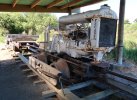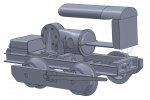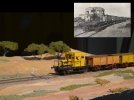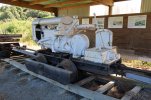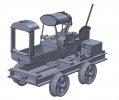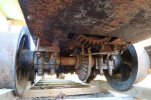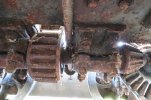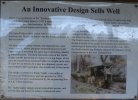Osgood
Western Thunderer
One of my old colleagues used to worked on a good sized local farm as a youngster where all the ploughing was done by one old boy, in the winter, using an F type (or very early N) with exhaust pipe under the back axle.
He wore a Great War trench coat and to keep even warmer stuffed a rubber pipe from the end of the exhaust up the bottom of his coat.
Terry reckoned he went home at the end of the day with a rather black neck.......
I know a wonderful old boy whose ambition is to buy a small farm.
He intends to put a tank of TVO (seems that AVTUR makes a decent smell-free alternative to modern paraffin) on his porch next to his rocking chair and get all the cultivations and farm work done by his mates with their vintage tractors and tackle - reckons they'll be really chuffed to do it just for free fuel!
He wore a Great War trench coat and to keep even warmer stuffed a rubber pipe from the end of the exhaust up the bottom of his coat.
Terry reckoned he went home at the end of the day with a rather black neck.......
Nooo.The last photo, is that Tony (@Osgood) on the LHS ploughing continuously in one spot to dig himself a deep hole?
I know a wonderful old boy whose ambition is to buy a small farm.
He intends to put a tank of TVO (seems that AVTUR makes a decent smell-free alternative to modern paraffin) on his porch next to his rocking chair and get all the cultivations and farm work done by his mates with their vintage tractors and tackle - reckons they'll be really chuffed to do it just for free fuel!


